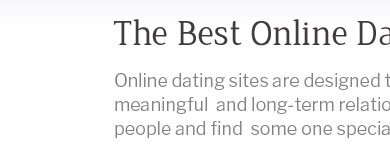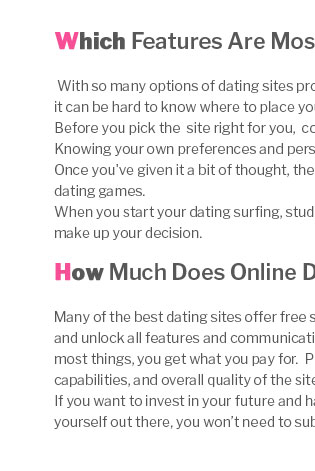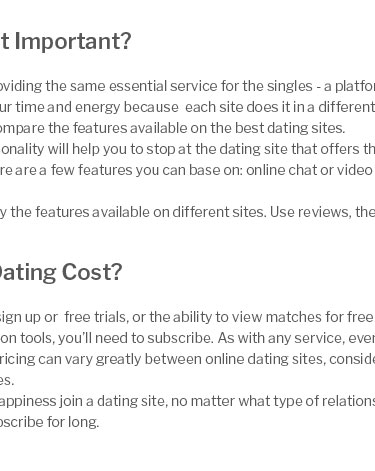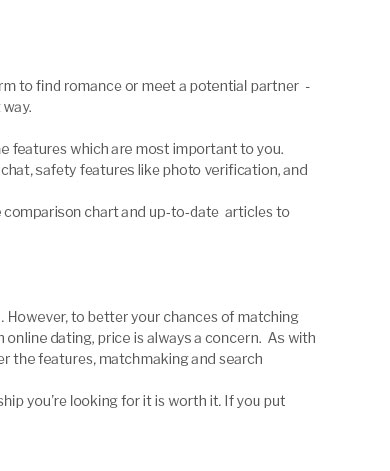 |
 |
|---|
|
|
|
|---|---|
 |
 |
 |
 |
|---|---|
 |
|
 |
|
 |
|
 |
|
 |
|
 |
|
 |
|
 |
|
 |
|
 |
|
 |
|
 |
|
 |
 |
 |
|---|
casual dating friends with benefits guide and boundariesWhat this dynamic meansA friends-with-benefits arrangement blends friendship and physical intimacy without the expectations tied to traditional couplehood. The focus is on mutual enjoyment, clear boundaries, and respect for personal space. Clarity beats assumption.
Core principles
Getting started essentialsConversation setupShare intentions, preferred frequency of contact, communication style, overnights, cuddling, public displays, and confidentiality. Decide how you will pause or stop if comfort changes. Boundary examples
Small agreements prevent big frustrations. Finding partners respectfullyCompatibility grows from honest profiles, accurate photos, and clear messages. Niche platforms can help filter for intent and boundaries; research communities and vet profiles thoughtfully. For discovery, many explore curated directories such as hookup sites real to evaluate options that match comfort and interests. Connection, intimacy, and safety
Safety talk is attractive; it signals care. Communication scripts
Common challenges and solutionsJealousy or comparisonName it without blame and revisit exclusivity, expectations, and reassurance strategies. Uneven feelingsFeelings can shift. Acknowledge them, explore adjustments, or transition back to friendship if that serves both. Mismatch on availabilityNegotiate a contact cadence that feels balanced; reduce pressure by planning flexible windows. Ending gracefullyExpress appreciation, confirm privacy, and clarify future friendship boundaries. Kind endings honor the connection. Inclusivity and preferencesEveryone deserves respect across gender identities, orientations, and expressions. Seek spaces that welcome your identity and name your preferences with care. Some communities compile resources, including specialized directories like cd hookup sites, which can support matching with affirming partners. Etiquette checklist
FAQ
https://www.verywellmind.com/casual-relationships-types-4177712
Friends with benefits (FWB). The authors omitted casual dating because they wanted to explore relationship types that were not considered "dating" by the ... https://www.elitedaily.com/dating/are-we-dating-or-friends-with-benefits/2066060
Sep 8, 2017 ... You are casually dating. That is because you are literally going on dates, and that is dating. Neither of you has to be in it for keeps, but this is more ... https://www.quora.com/What-is-the-difference-between-a-casual-relationship-and-friends-with-benefits-1
Jun 15, 2017 ... Casual Dating is just the adult version of Friends With Benefits, but with one small caveat. Like FWB, Casual Dating is all about having your cake and eating it ...
|
|---|